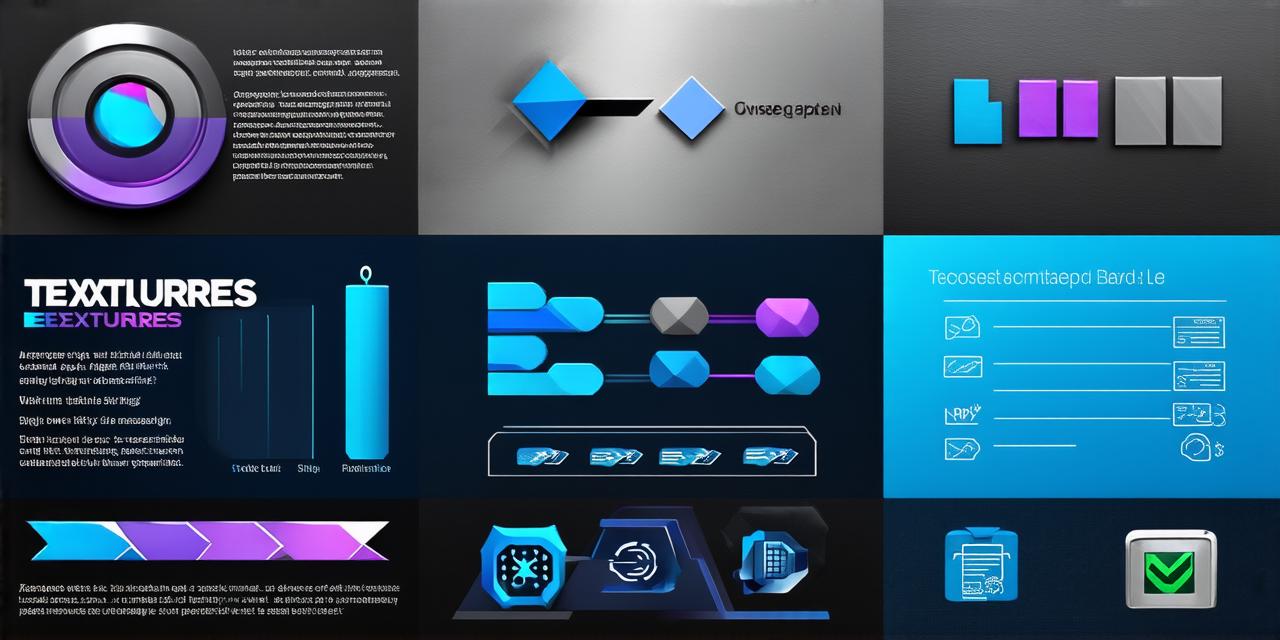What is a Block Header?
A block header is a data structure that contains essential information about a block in a blockchain network. It comprises several key elements that allow for secure and efficient processing of transactions.
These elements include:
- Merkle Root: The merkle root is a hash of all the transactions included in a block. It enables secure storage and verification of transaction data without revealing any sensitive information about individual transactions.
- Previous Hash: The previous hash refers to the hash of the previous block in the chain. It ensures that each block is linked to the preceding block, forming an unalterable sequence of blocks.
- Timestamp: The timestamp represents the date and time when a block was mined. It enables accurate tracking of transactions and ensures that all nodes in the network have access to the most up-to-date information.
- Nonce: The nonce is a random value that is used to prevent double-spending of transactions. It ensures that each transaction can only be processed once, and any attempt to resubmit a transaction will result in an error.
- Merkle Tree Index: The Merkle tree index is a unique identifier for the block header. It enables efficient storage and retrieval of block data without having to search through the entire blockchain.
Block Headers in Blockchain Networks
Block headers are critical components of blockchain networks as they ensure the security and integrity of the network. They enable nodes in the network to verify transactions, prevent double-spending, and maintain an unalterable sequence of blocks.
For example, in Bitcoin, each block header contains a unique identifier called a hash. The hash is generated based on the merkle root, previous hash, timestamp, nonce, and other transaction data included in the block. This unique identifier ensures that no two blocks can be identical, and any attempt to modify the data will result in a different hash value.
Block headers also enable efficient storage and retrieval of block data in the blockchain network. By using the Merkle tree index, nodes can quickly access specific transactions without having to search through the entire blockchain. This feature enables faster transaction processing times and reduces the risk of errors.
Case Studies: Block Headers in Action
Let’s take a look at some real-life examples of how block headers are used in action.
Smart Contract Execution:
In smart contract networks like Ethereum, block headers enable efficient execution of smart contracts. By using the Merkle tree index, nodes can quickly access specific transaction data and execute the corresponding smart contract code. This feature enables faster and more secure execution of smart contracts, reducing the risk of errors and improving network performance.
Cross-Chain Interoperability:
Block headers are also used in cross-chain interoperability networks like Cosmos. In these networks, block headers enable seamless transfer of data between different blockchains. By using a common Merkle tree index, nodes can quickly access transaction data from different chains without having to search through the entire network. This feature enables faster and more efficient data transfer, reducing the risk of errors and improving network performance.

FAQs: Common Questions About Block Headers
1. What is the purpose of a block header in blockchain technology?
A block header contains essential information about a block in a blockchain network, including the merkle root, previous hash, timestamp, nonce, and Merkle tree index. It enables secure storage and verification of transaction data and maintains an unalterable sequence of blocks.
2. How does the Merkle tree index work?
The Merkle tree index is a unique identifier for the block header that enables efficient storage and retrieval of block data. It is generated based on the hash values of all the transactions included in the block, and it provides a way to quickly access specific transactions without having to search through the entire blockchain.
3. What is the role of nonce in a block header?
The nonce is a random value that is used to prevent double-spending of transactions in a blockchain network. It ensures that each transaction can only be processed once, and any attempt to resubmit a transaction will result in an error.
Conclusion: Block Headers are the Backbone of Blockchain Technology
Block headers are critical components of blockchain technology that enable secure and efficient storage and transfer of data. They ensure the integrity and security of the network by enabling nodes to verify transactions, prevent double-spending, and maintain an unalterable sequence of blocks. By understanding the functionality and significance of block headers, blockchain developers can design more secure and efficient blockchain networks that meet the needs of their users.
